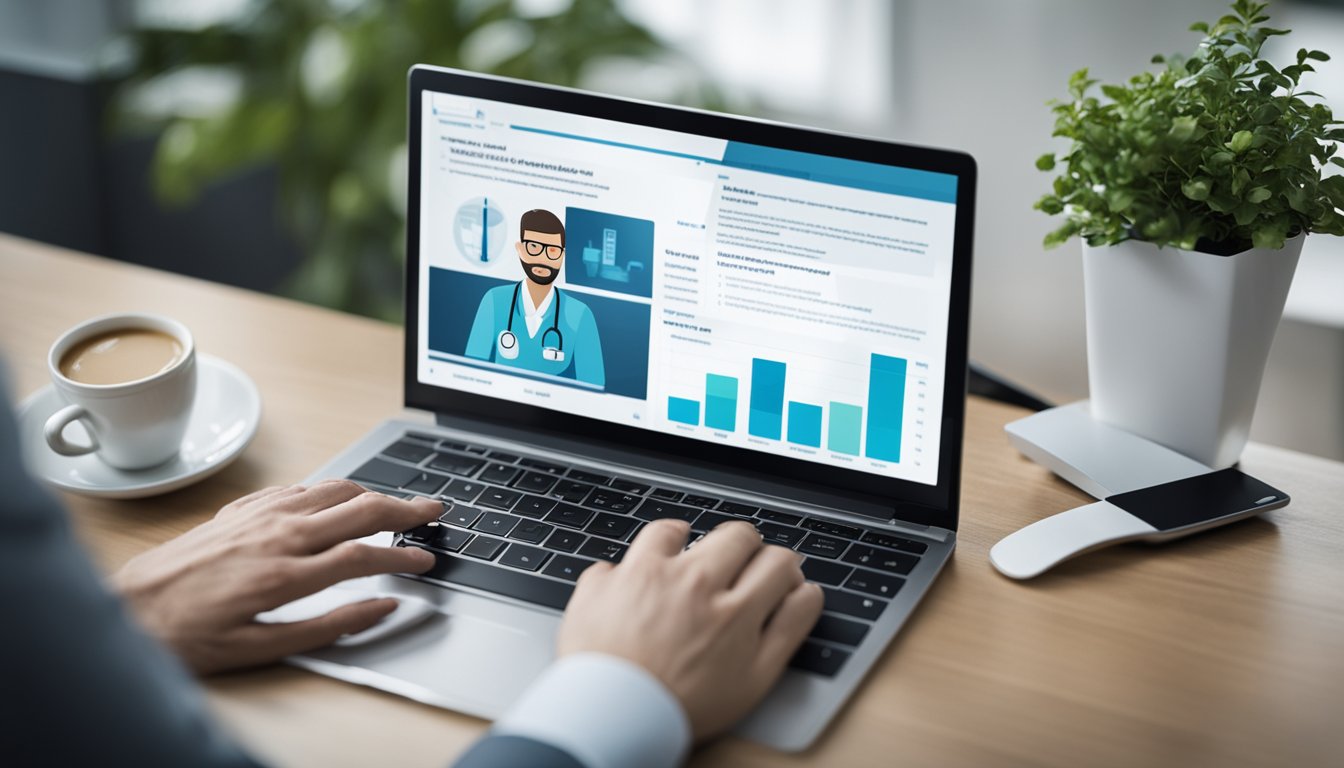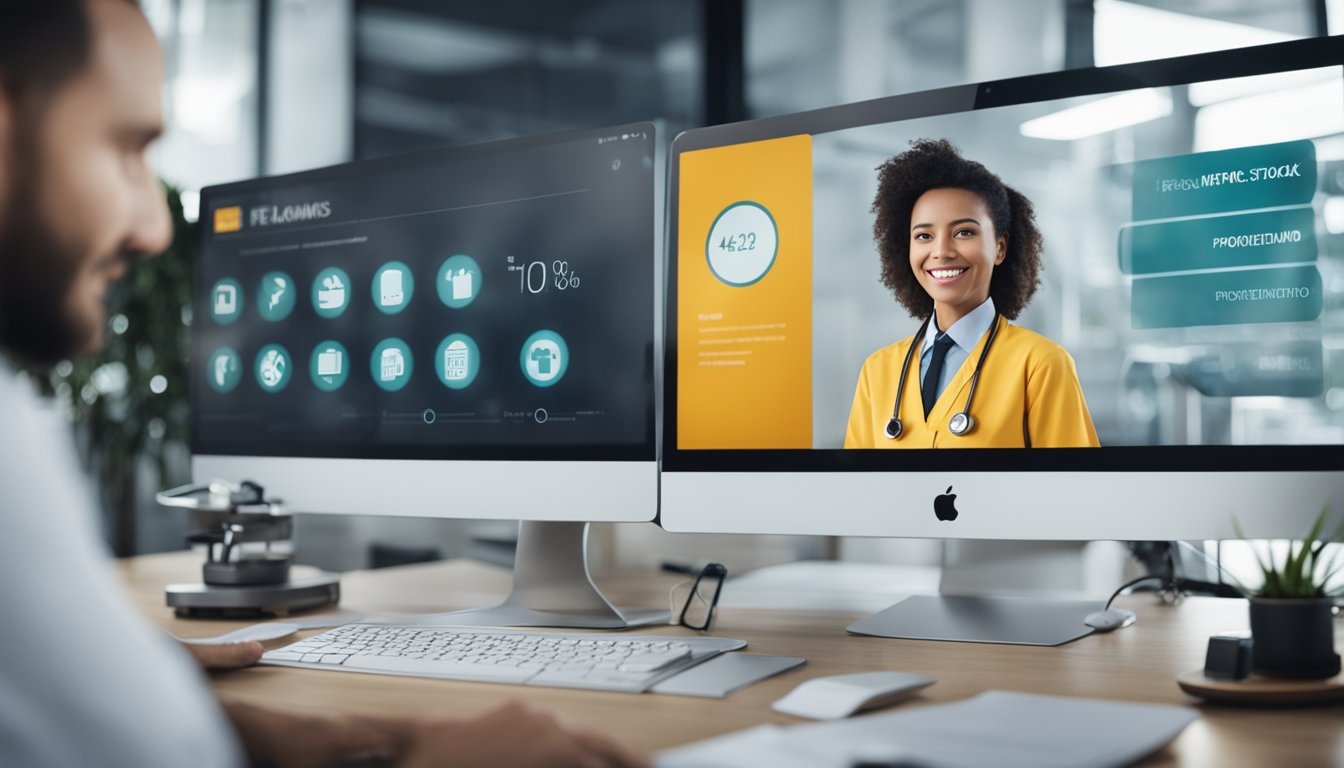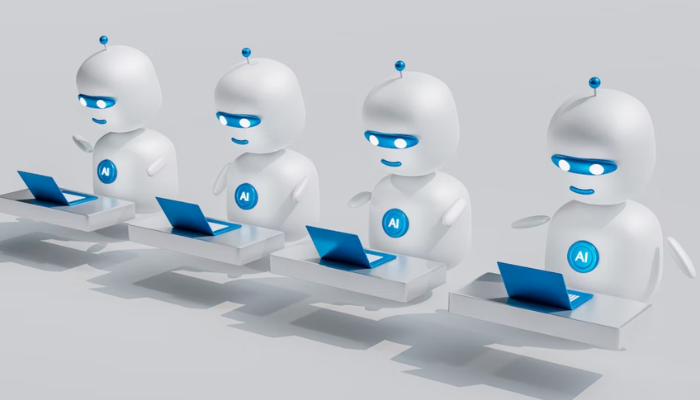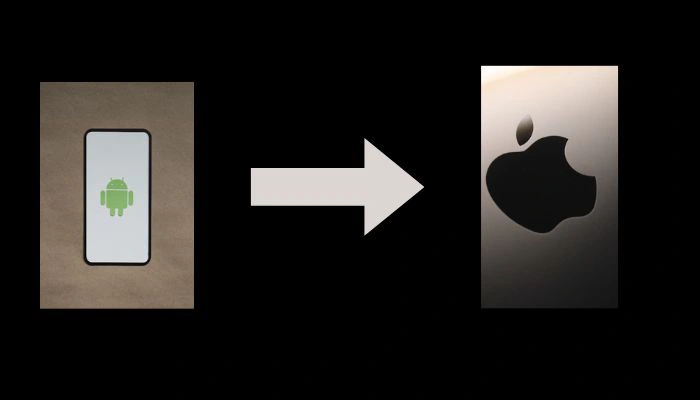Telemedicine App Development Solution Building TopNotch Telemedicine Software
As the healthcare industry continues to evolve, the demand for telemedicine solutions has increased significantly. Telemedicine app development has become a crucial aspect of healthcare delivery in recent years, especially during the pandemic. Telemedicine software allows healthcare providers to offer remote consultations, monitor patients remotely, and automate routine care management operations.

Understanding Telemedicine App Development is essential for healthcare providers who want to offer their patients a more accessible and convenient healthcare experience. Developing a telemedicine app involves several steps, including identifying the target audience, defining the app's features and functionalities, selecting the right technology stack, and ensuring compliance with legal and regulatory requirements.
Telemedicine apps come with a range of features and functionalities that make it easier for healthcare providers to offer remote consultations and monitor patients remotely. Some of the features of a telemedicine app may include appointment scheduling, video consultations, real-time messaging, remote patient monitoring, and electronic health records (EHR) integration. Compliance and legal aspects are also crucial when developing a telemedicine app, and healthcare providers must ensure that their app complies with regulatory requirements and data privacy laws.
Key Takeaways
- Telemedicine app development is a crucial aspect of healthcare delivery, especially during the pandemic.
- Developing a telemedicine app involves identifying the target audience, defining the app's features and functionalities, selecting the right technology stack, and ensuring compliance with legal and regulatory requirements.
- Telemedicine apps come with a range of features and functionalities that make it easier for healthcare providers to offer remote consultations and monitor patients remotely while ensuring compliance with regulatory requirements and data privacy laws.
Understanding Telemedicine App Development

As technology continues to revolutionize the healthcare industry, telemedicine app development has become increasingly popular. Telemedicine software allows healthcare providers to offer remote consultations, telecare, and remote care services to patients from a distance. This technology has become even more important in recent years due to the COVID-19 pandemic, which has made remote healthcare services a necessity.
Developing a telemedicine app requires a specialized team with expertise in healthcare software development. The development team should include a project manager, designers, developers, and quality assurance specialists. A software development company with experience in telemedicine app development can provide the necessary expertise to ensure the success of the project.
One of the most important factors to consider when developing a telemedicine app is the cost. The cost of telemedicine app development can vary depending on the complexity of the project and the features required. Outsourcing to a telemedicine app development company can be a cost-effective solution for businesses looking to develop a telemedicine app.
When developing a telemedicine app, it is important to consider the features that will be required. A feature-rich telemedicine application that provides a seamless user experience for both physicians and patients is essential. Some of the key features to consider include video conferencing, electronic prescriptions, secure messaging, and appointment scheduling.
In summary, telemedicine app development is a specialized field within healthcare software development that requires a team with expertise in telemedicine software development. Outsourcing to a telemedicine app development company can be a cost-effective solution for businesses looking to develop a telemedicine app. Key features to consider when developing a telemedicine app include video conferencing, electronic prescriptions, secure messaging, and appointment scheduling.
Features and Functionalities of a Telemedicine App

As a telemedicine app developer, I understand the importance of user experience and user-friendly design. A telemedicine app should be intuitive and easy to navigate for both patients and doctors. In this section, I will discuss the key features and functionalities of a telemedicine app.
Patient and Doctor Profiles
One of the most important features of a telemedicine app is the ability for patients and doctors to create and manage their profiles. Patients should be able to register and create their profiles with basic information such as name, age, gender, and medical history. Doctors, on the other hand, should be able to create their profiles with information such as their specialty, qualifications, and availability.
Communication and Scheduling
A telemedicine app should allow patients to communicate with their doctors through video or messaging. The app should also have a scheduling feature that allows patients to manage their appointments and schedule new ones. Appointment reminders are also important to ensure that patients do not miss their appointments.
Data Management and Security
Data storage and management are critical components of a telemedicine app. The app should be able to store medical records securely and in compliance with standards such as HL7 and FHIR. Encryption and other data protection measures should also be implemented to ensure the security of patient data.
AI and Machine Learning Integrations
AI and machine learning can be used to enhance the functionality of a telemedicine app. AI chatbots can be integrated to help patients with basic queries and provide assistance with appointment scheduling. Big data and IoT can be used to gather and analyze patient data to provide insights that can improve patient outcomes.
In conclusion, a telemedicine app should have features and functionalities that prioritize user experience, data security, and the integration of AI and machine learning. By incorporating these elements, a telemedicine app can provide patients with a seamless and effective healthcare experience.
Compliance and Legal Aspects

Developing a telemedicine app requires compliance with various legal and regulatory requirements. Failure to comply with these requirements can result in legal and financial penalties, loss of reputation, and the inability to operate in the healthcare industry. In this section, I will discuss the key compliance and legal aspects that need to be considered when developing a telemedicine app.
HIPAA and HITECH Compliance
The Health Insurance Portability and Accountability Act (HIPAA) and the Health Information Technology for Economic and Clinical Health Act (HITECH) set the standards for the privacy and security of protected health information (PHI). Telehealth solutions must comply with these regulations to ensure the confidentiality, integrity, and availability of PHI. The compliance requirements include administrative, physical, and technical safeguards, breach notification, and business associate agreements. Healthcare startups should conduct a thorough analysis of HIPAA and HITECH regulations and implement appropriate measures to meet the compliance requirements.
Healthcare and Practice Management
Telemedicine solutions must also comply with healthcare and practice management regulations. Healthcare providers, organizations, and professionals have to adhere to various regulations related to medical practice, licensing, and accreditation. Telemedicine apps must comply with these regulations to ensure that the healthcare services provided are safe, effective, and of high quality. In addition, telemedicine apps must integrate with electronic health record (EHR) systems to ensure continuity of care and accurate documentation of medical records.
Business and Financial Considerations
Developing a telemedicine app requires significant investment in terms of time, money, and resources. Business analysis, research, and competitor analysis are critical to understanding the market and identifying the target audience. The app development process must also consider the cost of development, maintenance, and launch. Payment gateway and payment processing integration are essential for secure and seamless financial transactions. A budget and investment plan must be created to ensure that the app development process is financially feasible and sustainable.
In conclusion, developing a telemedicine app requires compliance with various legal and regulatory requirements related to HIPAA, HITECH, healthcare, practice management, and business and financial considerations. Healthcare startups and app developers must conduct a thorough analysis of these requirements and implement appropriate measures to ensure compliance. By doing so, telemedicine apps can provide safe, effective, and high-quality healthcare services while ensuring the privacy and security of PHI.
Frequently Asked Questions

What are the key features of a successful telemedicine app?
A successful telemedicine app should have features such as video conferencing, secure messaging, scheduling and appointment management, electronic health records (EHR) integration, and remote monitoring capabilities. The app should also be user-friendly, reliable, and accessible across multiple devices and platforms.
How can telemedicine software benefit healthcare providers?
Telemedicine software can benefit healthcare providers by allowing them to reach a wider patient base, reduce no-shows, and increase patient engagement. It can also streamline workflows, reduce administrative burdens, and improve patient outcomes by providing quicker access to care.
What are the security measures needed for a telemedicine app?
A telemedicine app should have robust security measures in place to protect patient data and ensure privacy. This includes measures such as end-to-end encryption, secure login credentials, and compliance with HIPAA regulations.
What are the challenges faced in developing telemedicine software?
Developing telemedicine software can be challenging due to the need for compliance with regulatory requirements, integration with existing healthcare systems, and ensuring a seamless user experience. Additionally, ensuring the security of patient data can be a significant challenge.
What are the best practices for designing a user-friendly telemedicine app?
Some best practices for designing a user-friendly telemedicine app include keeping the interface simple and intuitive, providing clear instructions and feedback, and ensuring compatibility across multiple devices and platforms. It is also important to conduct user testing and gather feedback to continually improve the user experience.
How can telemedicine technology improve patient outcomes?
Telemedicine technology can improve patient outcomes by providing quicker access to care, reducing wait times, and increasing patient engagement. It can also improve care coordination between healthcare providers and reduce the risk of hospital readmissions.









